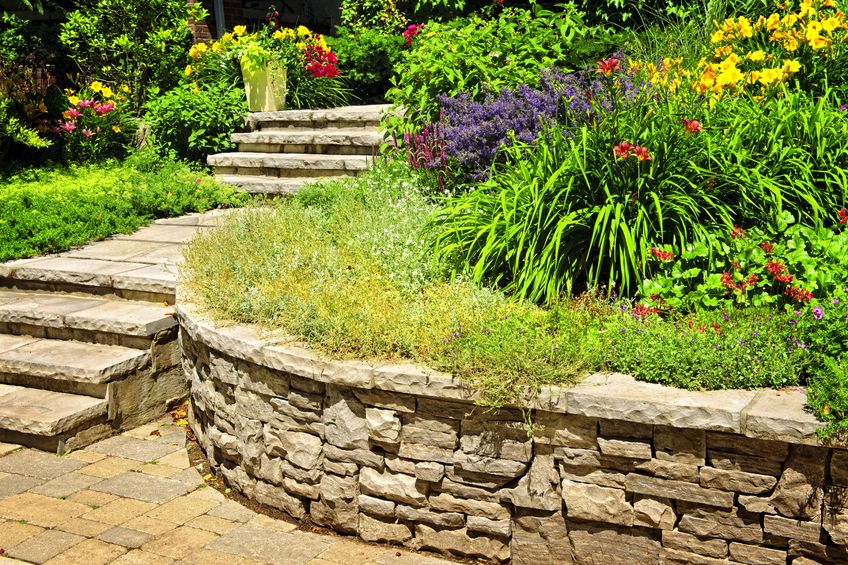
Some landscape plants provide carefree, year-round interest and beauty with very little fuss. If easy care is one of your landscape project goals, make these sturdy classics the ‘bones’ of your garden and look forward to years of enjoyment. If you are planning to rework your outdoor area you should consider these as part of your garden design. Many of these plants are recommended by professional landscapers who can help you redevelop the outside of your home, planting forms just one of many roles and responsibilities of a landscaper.
-
Native Flowering Trees
Native British trees provide a hardy visual anchor in any landscape. Japanese Snowbell (Stryax japonicus) grows to 15 metres high by 9 metres wide, has graceful horizontal branches, and masses of waxy white flowers in the spring. Callery Pear (Pyrus ‘Chanticleer’) forms an appealing oval shape and blooms white as well. The ancient Magnolia features glossy dark leaves and showy, fragrant spring blossoms.
-
Evergreen Hedgerows
Photinia, named after the Greek word for ‘shiny’, feature evergreen glossy leaves and small fruits that attract birds. Maygreen Hedge (Lonicera Natilda) provides year round greenery for hedgerows and privacy fences, and can reach a height of up to two metres. Lonicera are slow-growing, so for an instant screen choose larger plants.
-
Rugosa Roses
If you love roses but are nervous about their pruning demands, choose old-fashioned rugosa varieties. Rugosa roses have rumpled dark green leaves and fragrant cabbage-shaped blossoms all year long. Place them in the back of a perennial garden, in front of an evergreen hedge, or create a blooming rose hedge from a single variety. Most rugosa roses grow to two meters tall and wide and will thrive anywhere.
-
Butterfly Bushes
Unlike other shrubs, the humble buddleia starts over from the ground up every year, but is so speedy that it shoots up to over a metre or more by late spring. Covered in frosty green leaves, Butterfly bushes burst into clouds of small flowers that range from pale blue to deep purple or indigo. As their name suggests, they attract butterflies, hummingbirds, and beneficial insects to your landscape.
-
Hosta
Big blue varieties of hosta do best in full shade. Some grow to as much as a full metre in diameter. For full sun, look for variegated bright green and cream varieties. Place Hostas alongside ever-blooming Stella D’Oro day lilies in formal borders, or in front of flowering shrubs. Scatter hostas throughout deep shade ground cover for luminous leaves and late spring, lily-like flowers.
-
Hearty Ground Covers
Choose evergreen Cotoneasters (Cotoneaster vulgaris) for their low,arching habit and bright berries for the birds. Low-growing Heather (Callunus vugaris) sports an evergreen habit, summer flowers, and a red tint in autumn. ‘Blue Carpet’ Juniper (Juniperus squamata) provides rare blue evergreen foliage that looks especially lovely in partial shade.